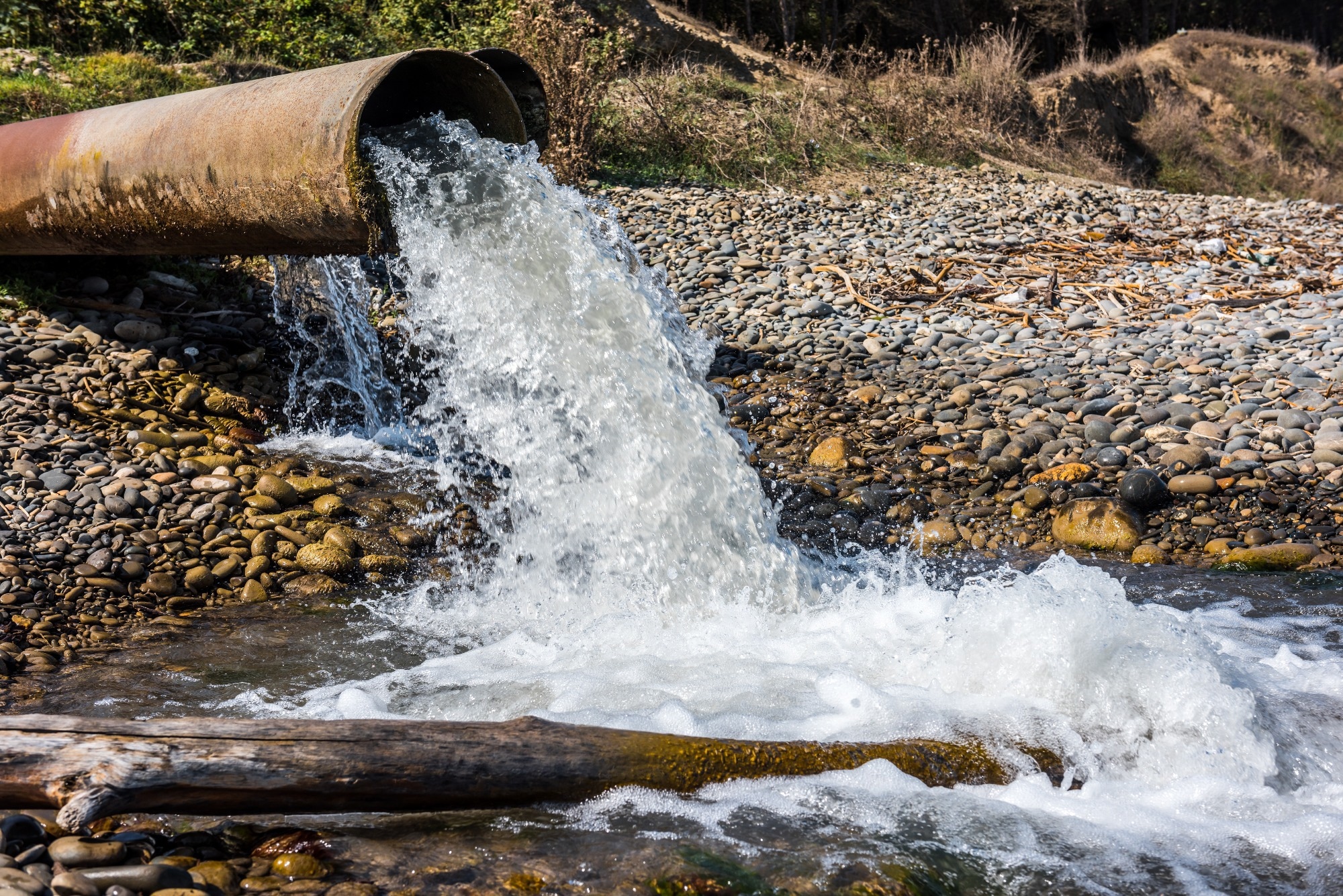In a recent study published in the PLoS ONE journal, researchers assessed the feasibility of severe acute respiratory syndrome coronavirus 2 (SARS-CoV-2) surveillance using wastewater sampling.
 Study: The feasibility of SARS-CoV-2 surveillance using wastewater and environmental sampling in Indonesia. Image Credit: Vastram/Shutterstock
Study: The feasibility of SARS-CoV-2 surveillance using wastewater and environmental sampling in Indonesia. Image Credit: Vastram/Shutterstock
Coronavirus disease 2019 (COVID-19) patients have been found to shed the virus in their stools without displaying any gastrointestinal symptoms. As a result, SARS-CoV-2 ribonucleic acid (RNA) can be found in environmental wastewater, which comprises human excreta and wastewater from sewage treatment facilities. Wastewater monitoring for public health purposes has been used to check for the presence of drugs of abuse, such as opioids, antimicrobial-resistant enteric bacteria, and the poliovirus in local populations. It has been suggested that regular testing for SARS-CoV-2 in wastewater could help identify current outbreaks or anticipate potential ones.
About the study
In the present study, researchers investigated the feasibility of conducting wastewater-based epidemiology (WBE) surveillance in Indonesia.
The team built the first wastewater-based SARS-CoV-2 epidemiology surveillance program in the Special Region of Yogyakarta province in Indonesia. The province has two different types of wastewater treatment plant (WWTP) systems in operation: (1) a central WWTP run by the provincial government and (2) community WWTPs, which are autonomously run by each local community.
In three of the five districts in the Special Region of Yogyakarta province, routine WBE surveillance and soil testing were started. As these regions have the maximum coverage of the central wastewater system, the team selected six sub-districts from Yogyakarta city and two each from Sleman district and Bantul district. Furthermore, 12 clustered settlements were chosen that used small community WWTPs. The grab sampling technique or passive sampling was used to collect the samples.
Barcodes for each sample were pre-printed on the bottles. The central and community WWTPs, rivers, septic tanks, and several entry sites of a torpedo-style passive sampler were employed to gather samples. The passive samplers were collected 24 hours post-deployment. Zip-lock bags were used to collect soil samples. Before RNA extraction and reverse-transcription quantitative real-time polymerase chain reaction (RT-qPCR) analysis, all processed samples from soil samples, passive samplers, and wastewater samples were kept at -80 °C. The SARS-CoV-2 RT-PCR assay and synthetic SARS-CoV-2 RNA control were used to identify the SARS-CoV-2 RNA.
The recovery efficiency and the actual value of SARS-CoV-2 RNA were also reported. Multiple SARS-CoV-2 RNA controls, such as an MS2 phage control at various known concentrations and negative control, were included in each qPCR run. Additionally, the RT-qPCR assay's limit of detection (LOD) was established.
Results
A total of 544 samples were obtained throughout the 10-week sampling period, and 54% of them tested positive for SARS-CoV-2 RNA. For positive results for the SARS-CoV-2 nucleocapsid (N) and open reading frame (ORF)-1ab genes, the median cycle threshold (Ct) values were 35.1 and 33.9, respectively. Manhole samples had the highest positive rate, whereas soil samples had the lowest.
The samples collected in July 2021 had the highest positivity rate of 77%. By the end of September 2021, the rate had dropped to 25%, reflecting a decreased detection rate correlated with a reduction in the frequency of reported COVID-19 clinical cases in the community. By employing the grab approach, the N gene was found in 74% of sewage samples, 64% of near-source tracking (NST) water samples, 50% of river samples, and 3% of NST soil samples. This result was in line with the ORF1ab gene target; however, more soil samples tested positive for the ORFlab gene than for the N gene.
Overall, the study findings showed that it was possible to track the community burden of infections in Indonesia by implementing a WBE surveillance system for SARS-CoV-2. Additional information about the prevalence and distribution of COVID-19 in the community is revealed by this combination of sampling techniques. Future research is needed to determine whether WBE can detect SARS-CoV-2 outbreaks early in this environment.